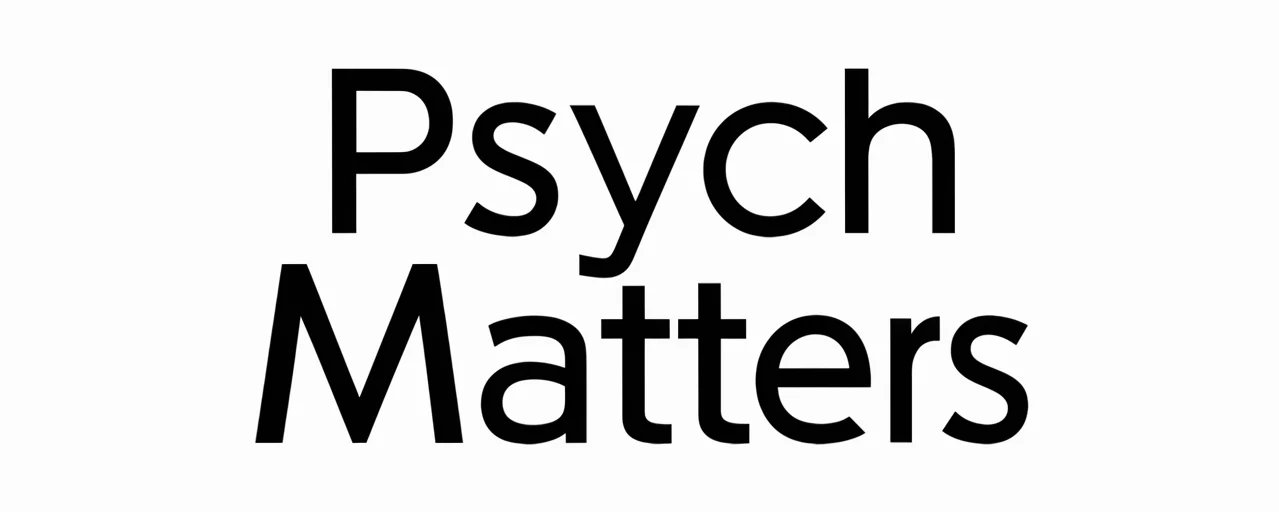Moral Injury Psychology: When Values Collide
When Your Moral Compass Breaks
Moral injury is a distinct form of psychological, emotional, social, and spiritual distress that occurs when a person’s actions—or failure to act—profoundly violate their deeply held moral or ethical beliefs. This condition has been observed not only among combat veterans but also in healthcare workers, first responders, and other professions where individuals face life-and-death decisions or ethical dilemmas. According to a comprehensive review, moral injury often manifests through intense feelings of guilt, shame, betrayal, and a loss of trust in oneself, others, or institutions. Unlike trauma rooted in fear, moral injury arises from ethical transgressions that cause deep moral dissonance.

Core Features of Moral Injury
The hallmark features of moral injury distinguish it from traditional mental health conditions. These include:

- Shame and guilt: Persistent self-condemnation and remorse over perceived moral failures.
- Betrayal: Loss of trust in authority figures, peers, or systems due to perceived moral violations.
- Loss of meaning: Disconnection from one’s values and purpose in life.
- Spiritual conflict: Crisis of faith or a breakdown in previously held religious or existential beliefs.
- Social isolation: Withdrawal from relationships due to self-perception as morally compromised.
Secondary symptoms often include depression, anxiety, anger, relationship difficulties, and self-harming behaviors, as outlined by the interdisciplinary definition of moral injury.
Moral Injury vs PTSD
While moral injury and post-traumatic stress disorder (PTSD) can co-occur, their core mechanisms differ significantly. PTSD is typically rooted in exposure to life-threatening events and is maintained through fear conditioning, hyperarousal, and avoidance behaviors. In contrast, moral injury centers on ethical and value-based distress rather than threat-based trauma.

The conceptual frameworks explain that moral injury is prompted by violations of conscience—not simply danger. For example:
- PTSD trigger: Direct exposure to combat gunfire or near-death experiences.
- Moral injury trigger: Witnessing harm to civilians due to orders followed, or failing to intervene against unethical practices.
Understanding this distinction is vital, as treatment must directly address the moral and ethical dimensions of distress rather than focusing solely on fear responses.
Psychological and Spiritual Impact
Moral injury can have long-lasting and debilitating psychological effects, including intense guilt, shame, disgust, and anger. These emotions can evolve into chronic self-condemnation and difficulty forgiving oneself. The National Center for PTSD notes that such self-directed hostility often leads to social withdrawal, an inability to trust others, and heightened risk for depression or suicidal ideation.

Spiritually, moral injury may provoke a crisis of faith or existential despair. Individuals might begin questioning long-standing beliefs, feeling disconnected from a higher power, or losing a sense of transcendence and moral order. As explored in empirical research, these spiritual injuries challenge identity and meaning, often requiring interventions that address both psychological health and spiritual well-being.
Pathways to Moral Injury
Research identifies three primary pathways to moral injury:

- Acts of commission: Direct involvement in actions that violate moral codes, such as harming non-combatants.
- Acts of omission: Failing to prevent wrongdoing despite the ability or opportunity to act.
- Betrayal by trusted authority: Experiencing moral injury through deception, misconduct, or unethical decisions by leaders or institutions.
These events often occur in high-pressure and high-stakes contexts, including military combat, emergency medicine, or law enforcement. According to analysis from Atlas Veterans, moral dissonance—the psychological conflict between actions and personal ethics—amplifies distress, particularly when compounded by lack of social support or preparation for such roles.
Effective Treatment Approaches
Treatment for moral injury is multifaceted, addressing both the psychological and spiritual dimensions of distress. The Veterans Affairs guidelines recommend therapeutic interventions such as:
- Cognitive Behavioral Therapy (CBT) adaptations: Techniques focused on reframing cognitive distortions about guilt and shame.
- Narrative therapy: Reconstructing one’s personal story to integrate the moral injury in a way that restores meaning.
- Group therapy: Peer-based support to normalize experiences and foster communal healing.
- Spiritual counseling: Addressing faith-based or existential crises in collaboration with chaplains or spiritual advisors.
- Peer support programs: Encouraging connection with others who have faced similar ethical conflicts.
Multidisciplinary approaches, as highlighted by the Moral Injury Project, are often most effective, integrating psychological treatment with spiritual care, social support, and community engagement.
Stitching the Moral Fabric: Paths to Restoration
Recovery from moral injury involves more than symptom reduction—it requires moral repair. This process aims to reconcile the events that caused injury with one’s values and identity. Key elements include:
- Self-forgiveness: Developing compassion toward oneself while acknowledging responsibility.
- Restoring trust: Rebuilding confidence in personal ethics, relationships, and institutions.
- Meaning-making: Finding purposeful outlets for experiences, such as advocacy, service, or creative expression.
- Community reintegration: Engaging in social roles that affirm one’s values and strengthen resilience.
Ultimately, as suggested by interdisciplinary perspectives in moral injury research, recovery is an ongoing process. For many, healing emerges through the integration of psychological care, spiritual guidance, and renewed connection to moral principles, leading to post-traumatic growth and restored moral integrity.







